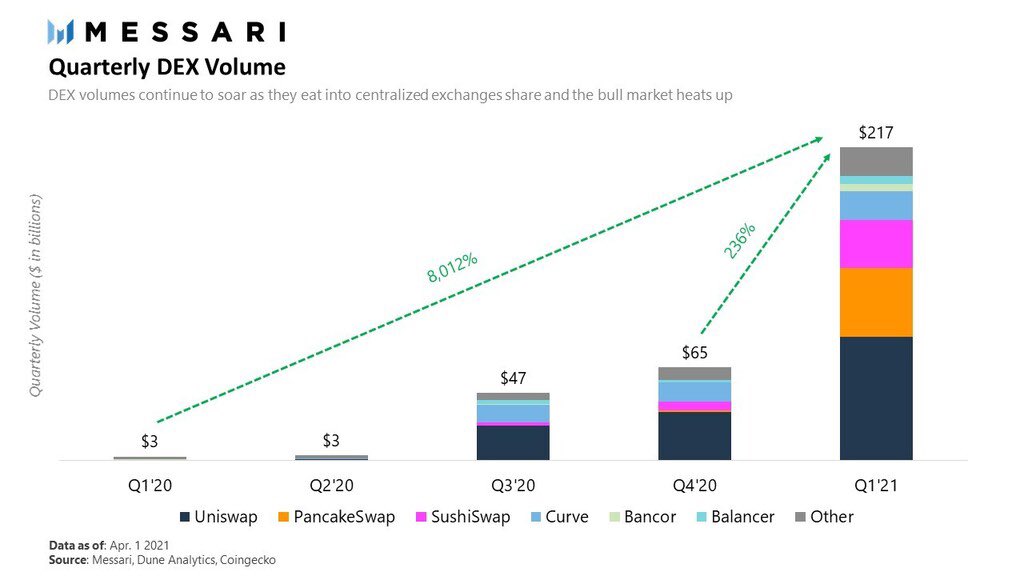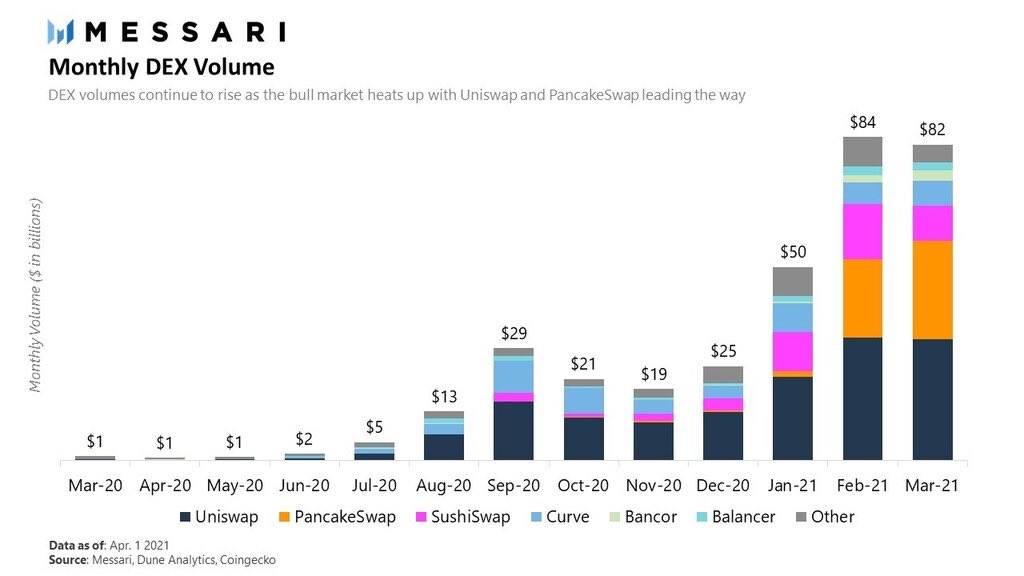
While many people cite that 76% of Bitcoin miners use renewable energy, that’s not entirely correct.
Yes 76% of miners use renewables as part of their energy mix, but only 39% of mining comes from renewable sources.
In any case however this criticism still misses the point.
1/
Yes 76% of miners use renewables as part of their energy mix, but only 39% of mining comes from renewable sources.
In any case however this criticism still misses the point.
1/

This criticism is often birthed from the belief that what Bitcoin mining goes towards isn’t valuable.
“If Bitcoin is a useless technology, then why are we burning all this energy?”
“If Bitcoin is a useless technology, then why are we burning all this energy?”
There’s two pushbacks I have here.
1. What is the value of a fixed supply digital commodity money that cannot be seized, censored, or corrupted and can be trivially verified and transferred around the world in seconds?
What if everyone in the world had access to this asset?
1. What is the value of a fixed supply digital commodity money that cannot be seized, censored, or corrupted and can be trivially verified and transferred around the world in seconds?
What if everyone in the world had access to this asset?
2. How much does Bitcoin really cost when properly compared to other monetary assets such as fiat currencies which require entire armies to run?
Just look at government spending for the answer.
Just look at government spending for the answer.
With the above in mind, it seems pretty clear to me that there’s value in a peaceful decentralized money that is open to everyone in the world.
All this said, of course if we could achieve a similar outcome without the extreme energy demands that would be desirable.
This is part of why many people in crypto are excited by a newer and increasingly popular way of securing blockchains called Proof of Stake.
This is part of why many people in crypto are excited by a newer and increasingly popular way of securing blockchains called Proof of Stake.
Proof of Stake eliminates the mining process and instead replaces it with a new consensus mechanism based on validators economic stakes in the network.
Ethereum is the largest project shifting to this consensus mechanism in the coming months.
messari.io/road-to-eth2
Ethereum is the largest project shifting to this consensus mechanism in the coming months.
messari.io/road-to-eth2
Proof of Stake promises to increase Ethereum’s security, energy efficiency, and reduce its centralization risk from miners.
It also aims to ensure participation in the consensus process remains as maximally democratic and open as possible.
It also aims to ensure participation in the consensus process remains as maximally democratic and open as possible.
There are now dozens of Proof of Stake blockchains in existence.
And while newer, the security model continues to become more proven with time.
And while newer, the security model continues to become more proven with time.
In any case whether it’s mining or staking we’re still marching towards the common goal of a more open and fair financial system.
Always keep that in mind before criticizing this industry at a surface level.
This isn’t some stupid scheme to destroy our environment.
Always keep that in mind before criticizing this industry at a surface level.
This isn’t some stupid scheme to destroy our environment.
The report I pulled the data from is here jbs.cam.ac.uk/wp-content/upl…
• • •
Missing some Tweet in this thread? You can try to
force a refresh










